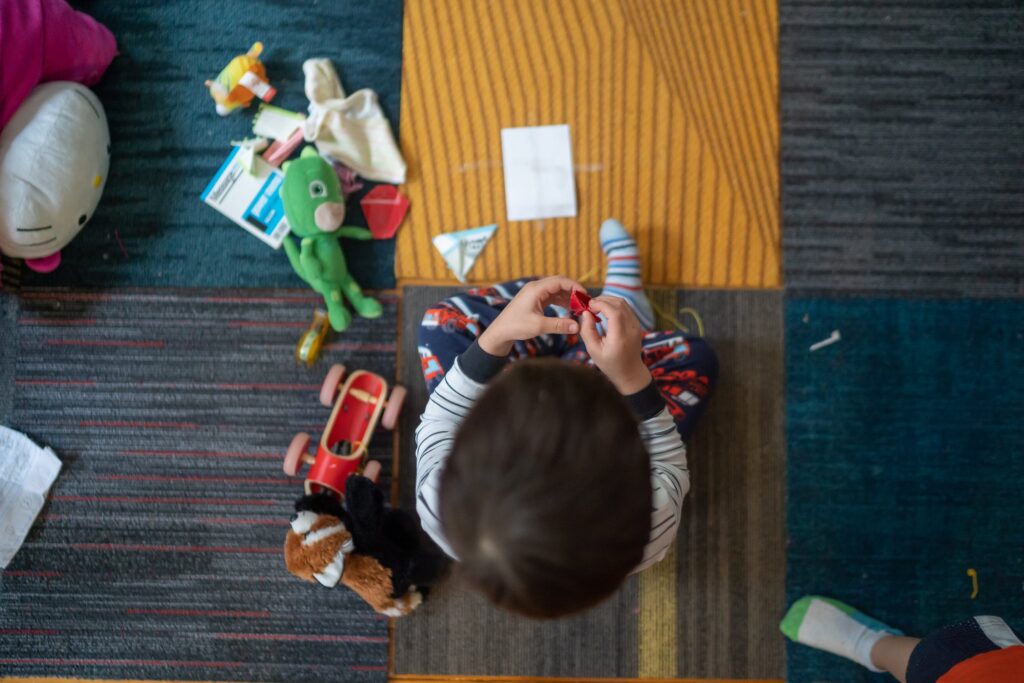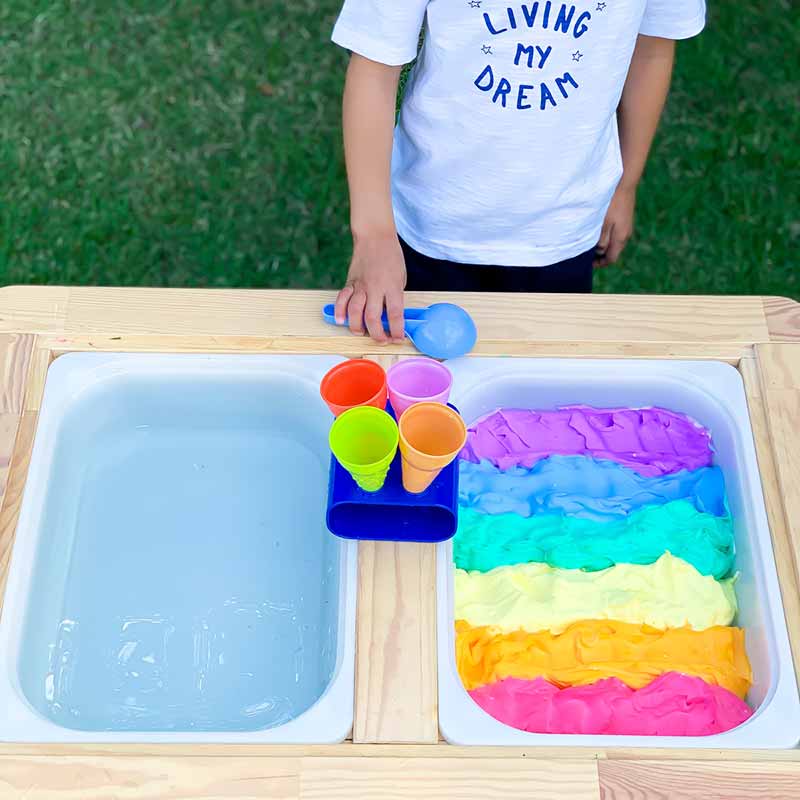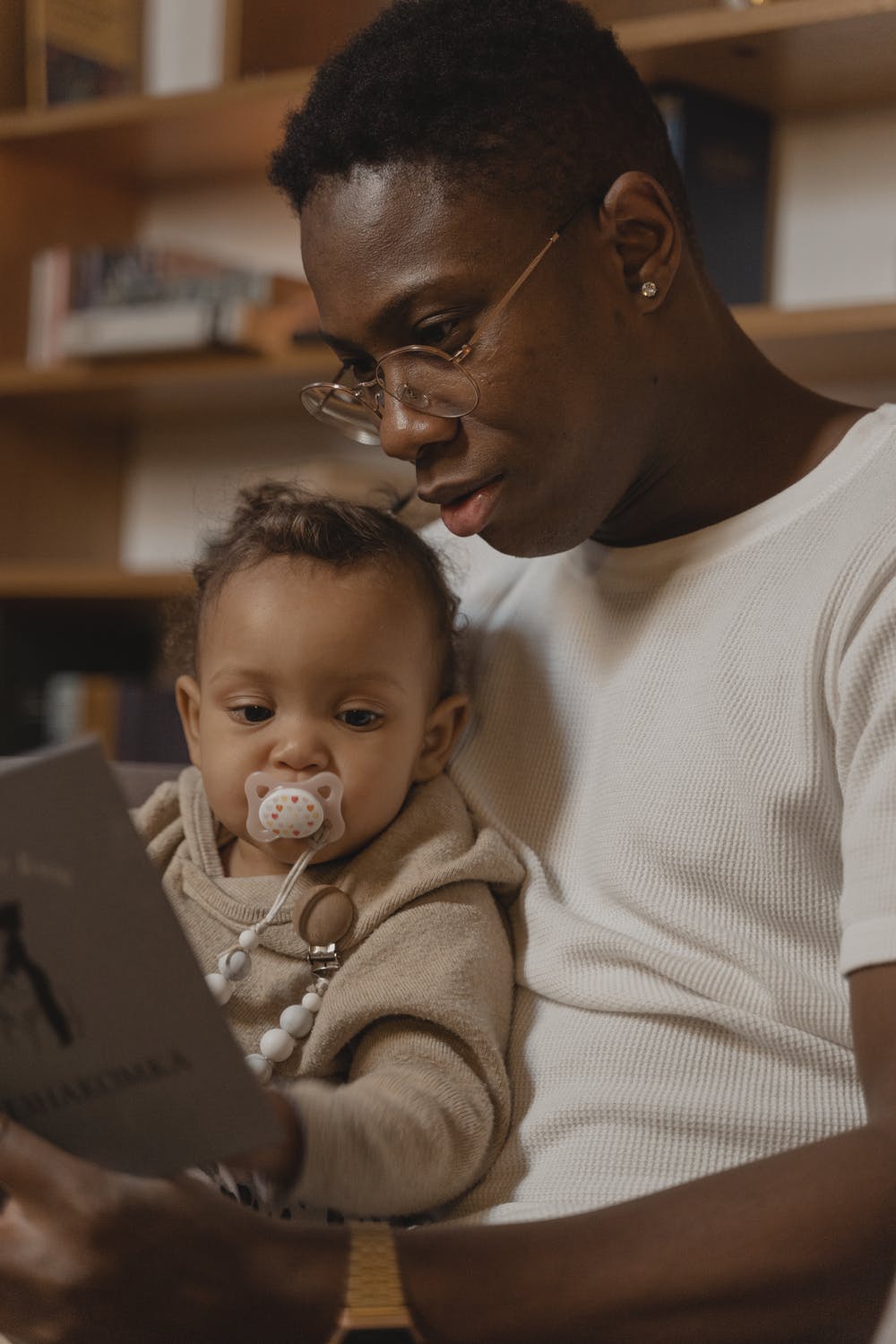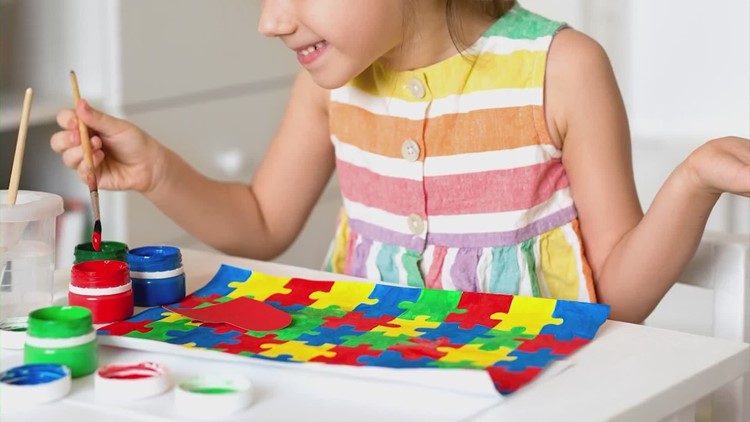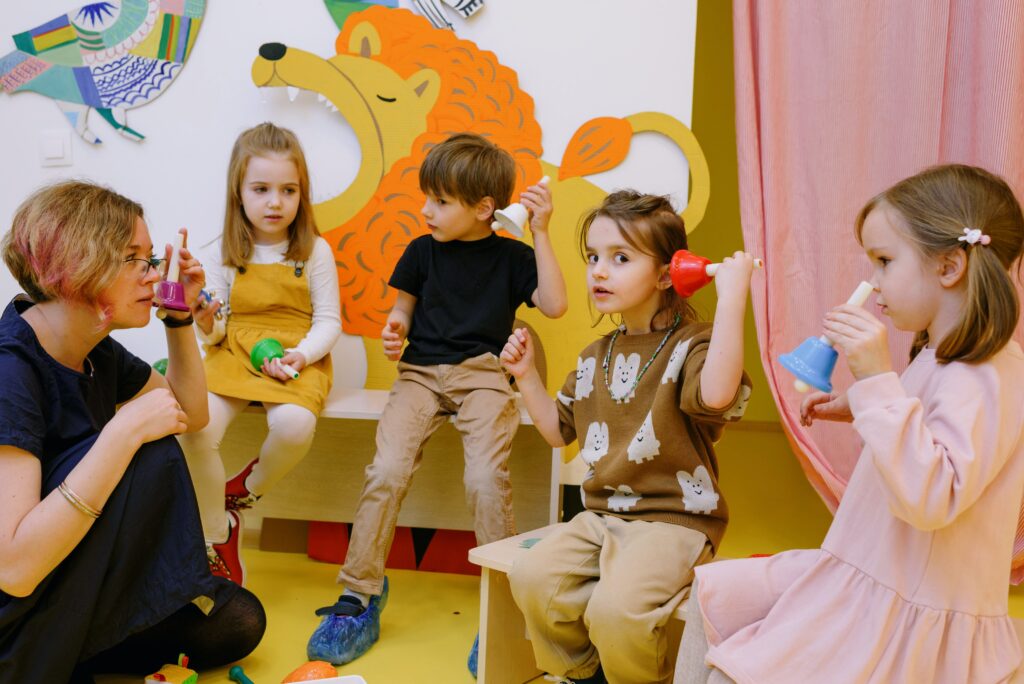
It’s back to school time! While many parents are excited to send their children to school, others are worried about their children. Will their teachers listen to them? Will my child make friends? How will my child handle the change in their routine? Below we describe a few tips to make the transition a bit smoother.
Preparing Your Child
Talk about going back to school! Make sure they are familiar with the name of their teacher and let them know some of the things they can expect. Share if there’s going to be a friendly face in their class, or maybe your child is excited about riding a bus. Whatever it may be, stay positive.
Meet the Teacher
Attend the meet and greets! You’ll get a chance to meet the teacher, become more familiar with the room and the school.
Familiar Items
It’s helpful to have sensory items or comfort items while they are at school. Try to find something that won’t be a distraction but something to remind your child that they are safe.
Daily Schedule
Visual schedules can also be a great way to transition. Print out a schedule and hang it on the fridge to prepare them for their big day.
Communication
Consistent communication with teachers, therapists and collaboration between the two can really help making this the best experience possible. We are all on the same team with the same goal: to help your child succeed!
